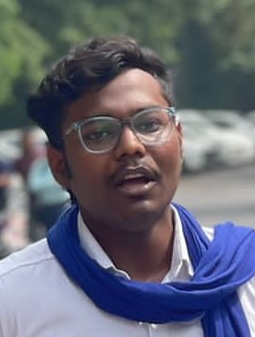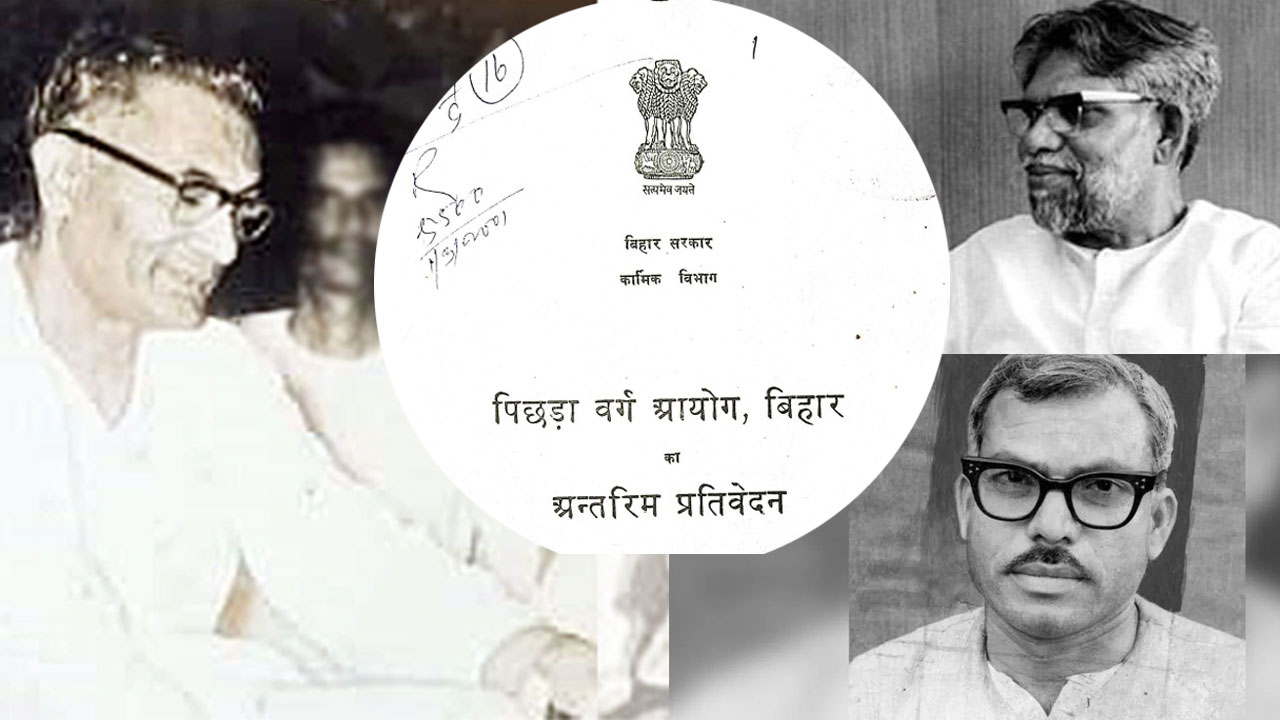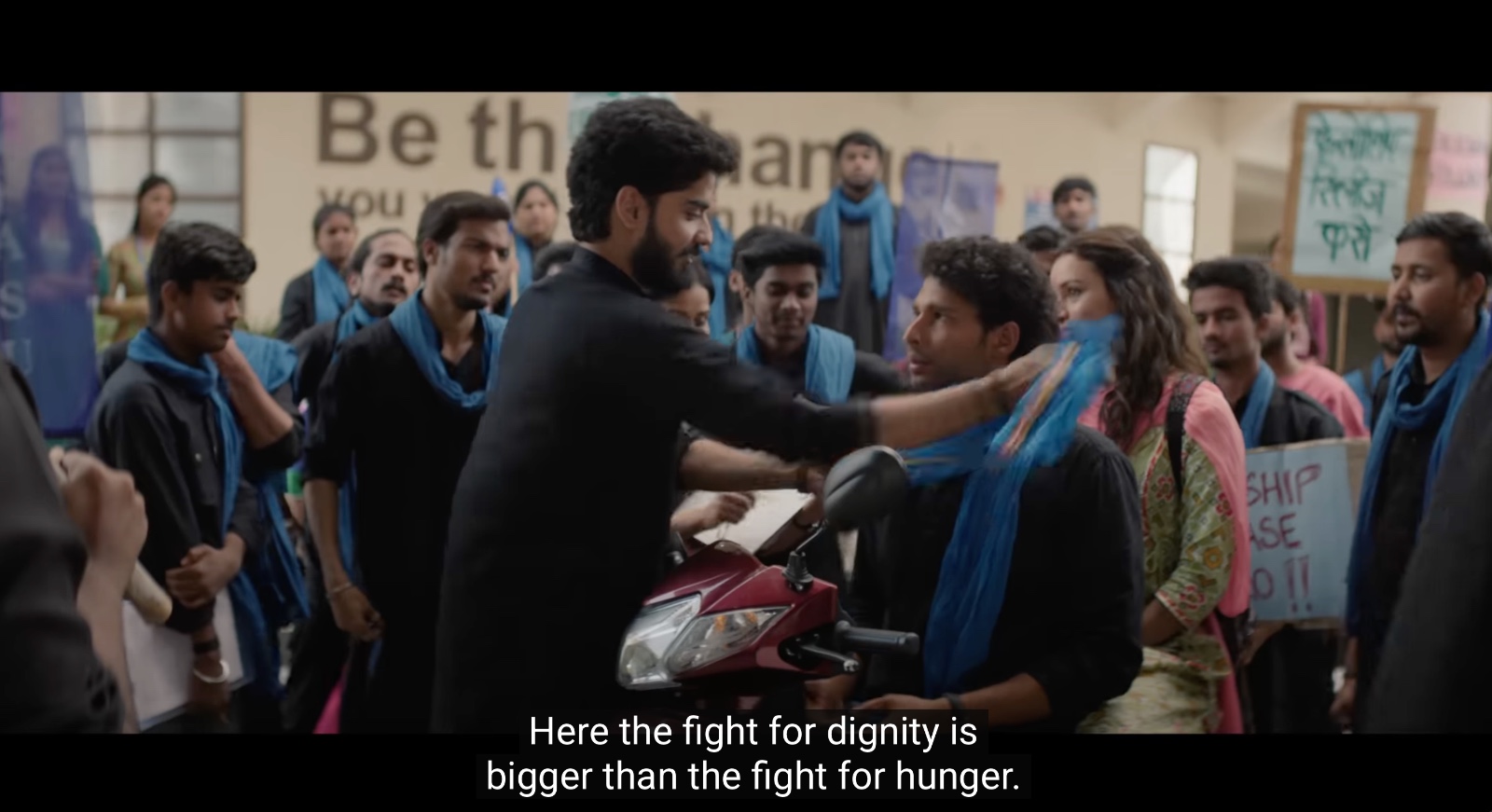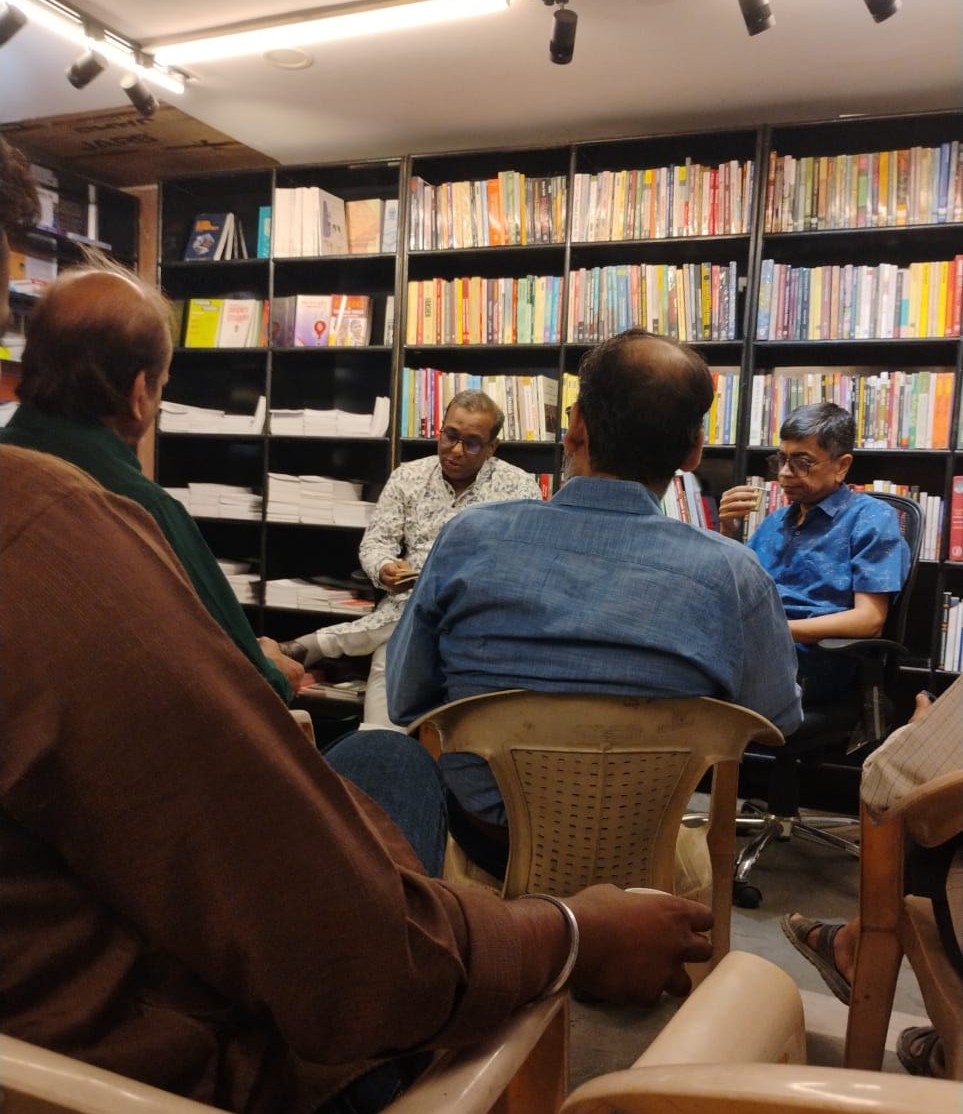With the emergence of modern political institutions in the colonial period, education assumed significance as the pathway for all castes to become part of these institutions. The upper castes’ monopoly on education meant that their domination continued. For Dalits, education was a means to social mobility. Phule referred to education as the ‘Tritya Ratna’ (or third eye) and Ambedkar urged his people to “Educate, Agitate and Organize” (Rege, 2010).
The colonial education system allowed a small section of Dalits to become socially mobile and they, in turn, demanded their rightful place in the State. But as we will soon see, even under British rule, Dalits and other backward castes had to struggle for education and representation. The British cultivated the upper castes, and were careful not to rub them the wrong way. They ignored the question of caste. Mahatma Jotiba Phule’s memorable address to the Hunter Education Commission – discussed later in this article – proves the point.
The marginalized demand education
During the colonial period, the Dalits and the ruling class perceived education in different ways. For the Dalits, education was a means to achieving a respectable position in society and freedom from menial work. For the colonists, education was a means to keep the Dalits productive, disciplined and loyal, as wage workers, housewives, and farmers (Kumar, 2019). Rupa Vishwanath argues that missionaries were not driven by the ideal of egalitarianism; that their critique of caste came from the point of view of religion and that they were not interested in the sociopolitical and economic critique of the caste structure. They were only interested in replacing the harsh and cruel “oriental slavery” with gentler, freer servitude (ibid). There was also an ideological contradiction among the missionaries within the larger framework of colonialism. On the one hand they talked about enlightenment and liberal values, on the other hand, they believed that the upper castes were a superior and civilized race and allied with them to expropriate the surplus of the labouring marginalized castes. The missionaries never attempted to bring about fundamental change in the social structure and free the Bahujan from the shackles of forced illiteracy under Brahmanism. A close reading of American Methodist Episcopal Church (MEC) records show that with Dalits converting to Christianity, the mission’s need for a trained workforce led to them opening schools for Dalits and offering respectable non-labouring positions to them (ibid). However, missionaries continued to be prejudiced against the Dalits and saw them as just manual labourers. Mass conversion of Dalits started from the 1890s and a highly differential system of education meant that quality education could only be given to a limited number of converts, producing a Christian community that was deeply hierarchical in terms of education, region and occupation.
An orientalist narrative that is often peddled is that a section of the Dalits could get educated because of the policies of the colonial government and the initiatives of the missionaries, with Dalits portrayed as passive participants in the process. Little importance is given to Dalits’ own agency. The Dalits were aware that given their sociopolitical condition, education was the only way for them to achieve social mobility (Nambissan, 1996). Philip Constable argues that the principal agents of social and educational change were, by and large, the first generation of educated untouchable Hindus and untouchable Christians, and not colonial officials. Arun Kumar provides primary data to support this argument, noting how, in 1859, Mazhabi Sikhs living on the periphery of Moradabad city demanded education and employment, and how Bhangis from Budaun reached out to missionaries. With the rising demand for education by Dalits, there was a growing fear among conservatives of losing their hold on the community. This can be gleaned from the observations of Zahur-ul-Haqq, an MEC preacher, who noted that Chamar weavers of Hasnapura village (in Unnao district, Uttar Pradesh today) were enthusiastically educating themselves and their children through missionary schools. He flagged the possibility of mass conversion of Chamars in the neighbouring district to Christianity. This was not an isolated incident. What can be deduced is that a section of Dalits understood the role of education as a tool for social mobility and self-respect, to the extent that they were even ready to embrace a new religion just to get an education. Arun Kumar argues that it was the fear of mass conversion that led to the establishment of Arya Samaj in 1875, which brought together landlords and local businessmen for providing basic education to Dalits – not to uplift them, but to counter Christian and Islamic influences and to ensure the continuation of Dalit subordination.
The British administration’s approach to education is usually seen from the perspective of British morality. But what cannot be overlooked is that they required a class of Indians to assist them in administration. Most of the Indians would still be unskilled workers under the charge of a handful of Indians with a Western education. Another characteristic of the British rule in India was that though they created a new State apparatus to expropriate the surplus, they were careful to leave the traditional system of exploitation and surplus expropriation, which was the caste system, untouched. They allied with the Indian upper castes to expropriate the surplus. A section of the British justified such an alliance by promoting the theory that the Brahmins were the “pure race”. The idea was so strong that colonial officials like Governor Mountstuart Elphinstone warned the government that education should not be linked with Untouchables as this would hinder the acceptance of education among the rest of the population. In contrast, Brahmins were seen as the flag-bearers of Western education and the British gave special attention to the community. Moreover, for centuries, upper castes had had better access to traditional education and used it to remain at the top of the social structure. The objective of the traditional education was to preserve the varna system and impart basic skills to the students in keeping with their varna or caste. The ideology that the British pushed through education was “orientalism”, albeit sugar-coated with liberal values. They needed a labour force with newer skills but caste came in the way by limiting the workers’ mobility. These contradictions came to shape the British approach to education.
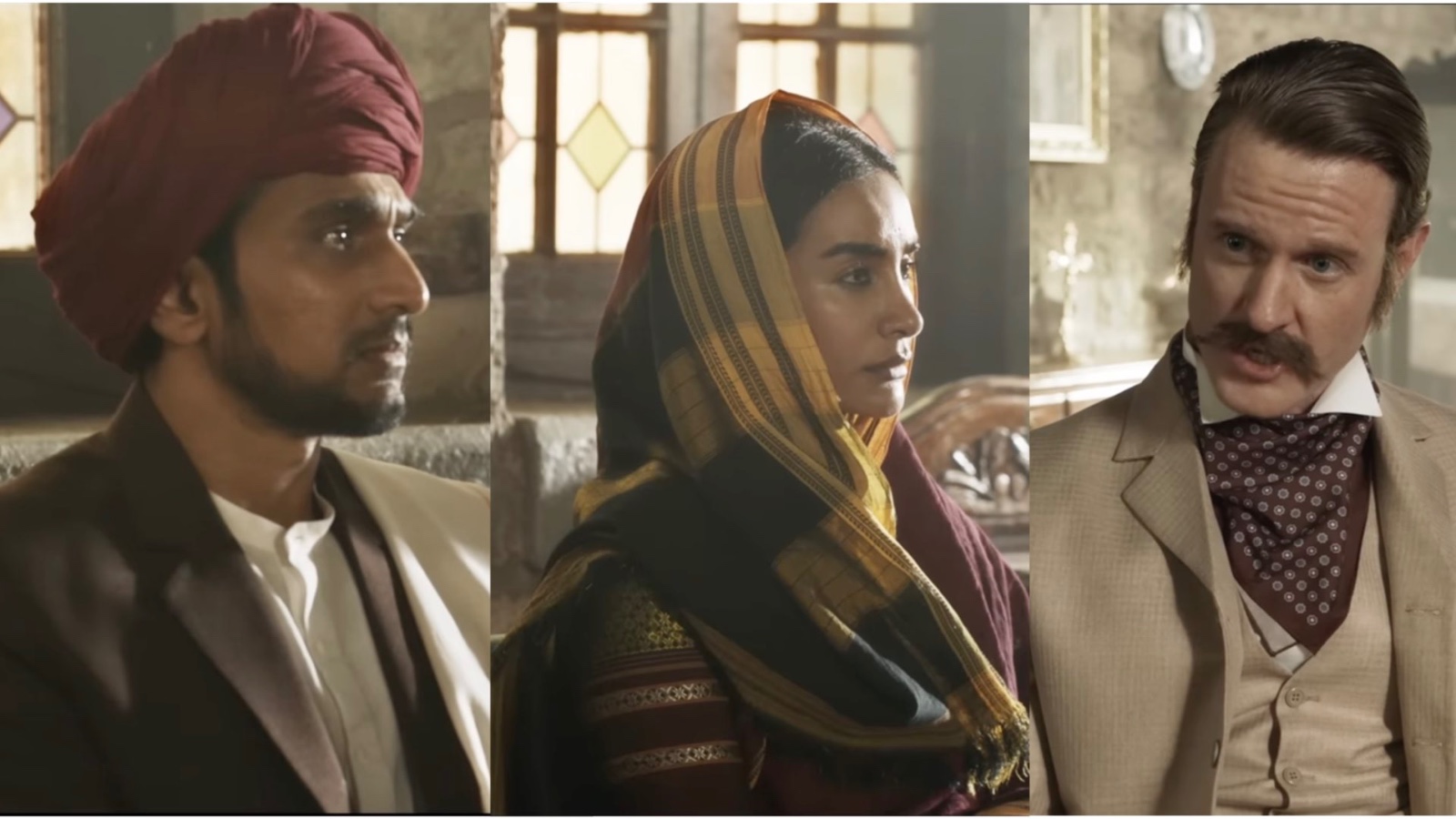
Geetha B. Nambissan showed how the British policy that “no boy be refused admission to a government college or school on the grounds of caste” was in practice applied with due caution (Nambissan, 2020). There was an unwillingness among upper castes to let their children mix with Untouchables. The stand of the Bombay government on this issue was initially ambiguous. Then, in 1859, they specified that the teacher was not obliged to admit “lower caste” students if that would lead to a boycott of the school by other students. However, the government did open special schools for Untouchables and aided private missionary schools. As Vikas Gupta argues, “the government made little” concerted “attempt despite their legal authority and control over funds to enforce what was the revolutionary principle of education for all in common schools”. (Gupta et al., 2021) Wary of antagonizing caste Hindus yet retaining a progressive facade, the district education boards ingeniously evolved a separate sitting arrangement for the children of Untouchables – on the verandahs.
Phule’s memorial address to the education commission
As we have already observed, Dalits’ newfound access to education was the outcome of changed material reality. But more than that, it was born of the engagement of the Dalits with the agencies involved in providing education.
Phule was a Shudra. He was not an Untouchable. Were he alive today, he would be an OBC (a member of the Other Backward Classes), and not a Dalit. But he fought for the rights of the Shudra-atishudra, where Ati-Shudra is a term he coined for the Untouchables or Dalits in an effort to unite the Shudra, the lowest varna, and the Untouchables or the Avarna (without varna, outcastes) against the brahmanical deprivation imposed on them. Significantly, it was Phule who paved the way for generations after him to fight for Dalit emancipation.
Mahatma Phule belonged to the Mali caste, which as a landholding and cultivator community, enjoyed a respectable position in society. Initially, Jotiba Phule went to a traditional school and was married to Savitribai in his early teens. But he was later admitted to a Scottish Mission’s (English medium) school where he completed his secondary-school education in 1847 (Tschurenev and Mhaskar, 2021). Being a girl, Savitribai wasn’t as fortunate. But Jotiba Phule, sensitive to the prevalent gender injustice, home-schooled Savitribai. Then, along with Savitribai, Phule took the plunge into the mission of educating the historically deprived, with a special emphasis on Dalits and women. For his three girls’ schools, Jotiba Phule succeeded in securing “Dakshina Fund”. The “Dakshina fund” was instituted by the Peshwas to encourage the learning of Brahmanical texts. Initially, the colonists continued the tradition of using the funds to promote brahmanical Sanskrit scholarship (ibid), but then they had to open it for all amid the rising protests in which Phule was at the forefront.
In Phule’s memorial address to the Hunter Education Commission he emphasized the need for the colonial educational policy to shift its focus from educating Brahmans to educating the Shudra-Atishudras – in other words, from educating the traditional oppressor to educating the oppressed. The argument that Phule gives is that “the higher and richer classes contribute little or nothing to the state exchequer” (Phule, 1884). Phule asked the commission if the Brahmins had ever passed on the education they had received from the British to the lower classes. “Or have they kept their knowledge to themselves, as a personal gift, not to be soiled by contact with the ignorant vulgar?” (ibid) Phule also demonstrates how State policy and dominant pedagogical practices are intrinsically interlinked. He points out the different attitudes of teachers with children of different castes and calls for plurality in the appointment of teachers and the need to appoint those committed to teaching as a truth-seeking exercise. What Phule was saying was that most of the teachers appointed were Brahmins who, obsessed with their caste purity and elitism, couldn’t mingle with students of other castes. Phule also demanded that Modi and Balbodh scripts be used in schools, reasoning that language often became the reason for the exclusion of the marginalized sections from education. Phule appealed to the government to open more schools for the Untouchables citing caste-based discrimination in the existing schools and provide scholarships to incentivize the working castes to attend schools and get an education. He also demanded an increment in the salary of teachers (ibid).
Phule’s struggle and its impact on fight against colonialism
The Indian Freedom Struggle has come to be defined as a struggle of colonized Indians against the colonizer British. In fact, before the struggle assumed this form and even alongside this struggle there was also a struggle between the colonial apparatus and the oppressed. While some in the upper-caste community were also victims of colonialism, others were part of the colonial apparatus that perpetrated the oppression. The traditional caste system was incorporated into the colonial structure. Phule’s life and work reveal how freedom is far from complete without a resolute struggle against casteism, landlordism and any other system of dominance.
Phule used education to resist social and economic injustice. The issue of education forged unity among the oppressed, and once they received an education, it shaped their consciousness. The demand for democratization of education was a hammer that smashed the alliance of the British and upper castes. Through education, Phule mobilized the masses against caste, gender and economic exploitation.
Bibliography
Althusser, Louis. Ideology and Ideological State Apparatuses. In Lenin and Philosophy and Other Essays. New York: Monthly Review Press, 1971.
Deshpande, G.P., ed. Selected Writings of Jotirao Phule. New Delhi: LeftWord Books, 2002.
Gupta, Vikas, Rama Kant Agnihotri, and Minati Panda. Education and Inequality: Historical and Contemporary Trajectories. Hyderabad: Orient BlackSwan, 2021.
Kumar, Arun. “The ‘Untouchable School’: American Missionaries, Hindu Social Reformers and the Educational Dreams of Labouring Dalits in Colonial North India”. South Asia: Journal of South Asian Studies 42, No. 5 (2019): 823-844. https://doi.org/10.1080/00856401.2019.1653162.
Nambissan, Geetha B. “Caste and the Politics of the Early ‘Public’ in Schooling: Dalit Struggle for an Equitable Education”. Contemporary Education Dialogue 17, No. 2 (2020): 126-154. https://doi.org/10.1177/0973184920946966.
Omvedt, Gail. “The Relevance of Mahatma Phule in Today’s World: Why the ‘Other Mahatma’ Is More Important than Gandhi.” Contemporary Voice of Dalit 4, No. 1 (2011): 7-18. https://doi.org/10.1177/0974354520110102.
Phule, Jotirao. “Memorial Addressed to the Education Commission.” Round Table India, June 20, 2012. Originally recorded in Education Commission, Bombay, Vol. II (Calcutta: Superintendent of Government Printing, 1884), 140-145. Accessed September 3, 2024. https://www.roundtableindia.co.in/memorial-addressed-to-the-education-commission/
Rege, Sharmila. “Education as ‘Trutiya Ratna’: Towards Phule-Ambedkarite Feminist Pedagogical Practice.” Economic and Political Weekly 45, No. 44/45 (October 30-November 12, 2010): 88-98. https://www.jstor.org/stable/20787534.
Tschurenev, Jana, and Sumeet Mhaskar. “Wake up for Education: Colonialism, Social Transformation, and the Beginnings of the Anti‑Caste Movement in India”. Paedagogica Historica 59, no. 4 (2021): 630-648. https://doi.org/10.1080/00309230.2021.1920986.
(Edited by Amrish Herdenia/Anil)
Forward Press also publishes books on Bahujan issues. Forward Press Books sheds light on the widespread problems as well as the finer aspects of Bahujan (Dalit, OBC, Adivasi, Nomadic, Pasmanda) society, culture, literature and politics. Contact us for a list of FP Books’ titles and to order. Mobile: +917827427311, Email: info@forwardmagazine.in)
